5 Days 4 Nights
Daily Tour
24 people
___
| Test Price | ||
|---|---|---|
| ADULT | CHILD | INFANT |
| ₹1.00 | ₹0.00 | ₹0.00 |
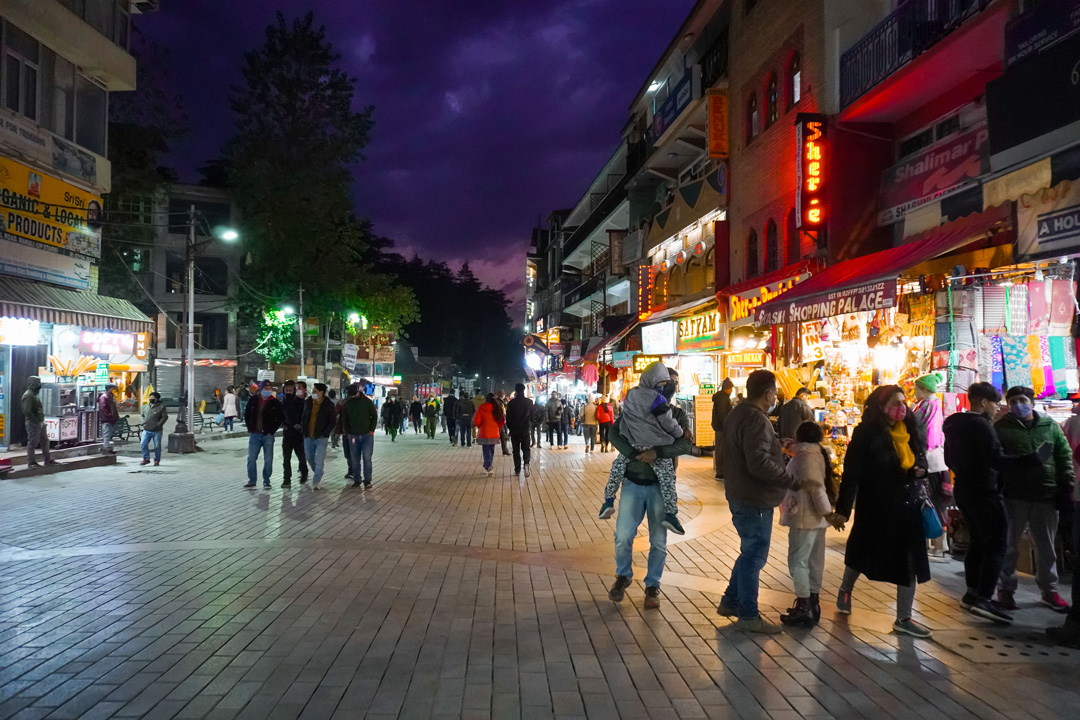
Dist: 509km | Time: 12 to 16 hr | Altitude: 300m to 2050m
Today, you will start your expedition towards Manali from Delhi in a Volvo AC Bus or Cab. The journey will take you through the pleasant climate and scenic landscapes of Himachal Pradesh.
Meals: Nil Night: Overnight Journey by Volvo or cab
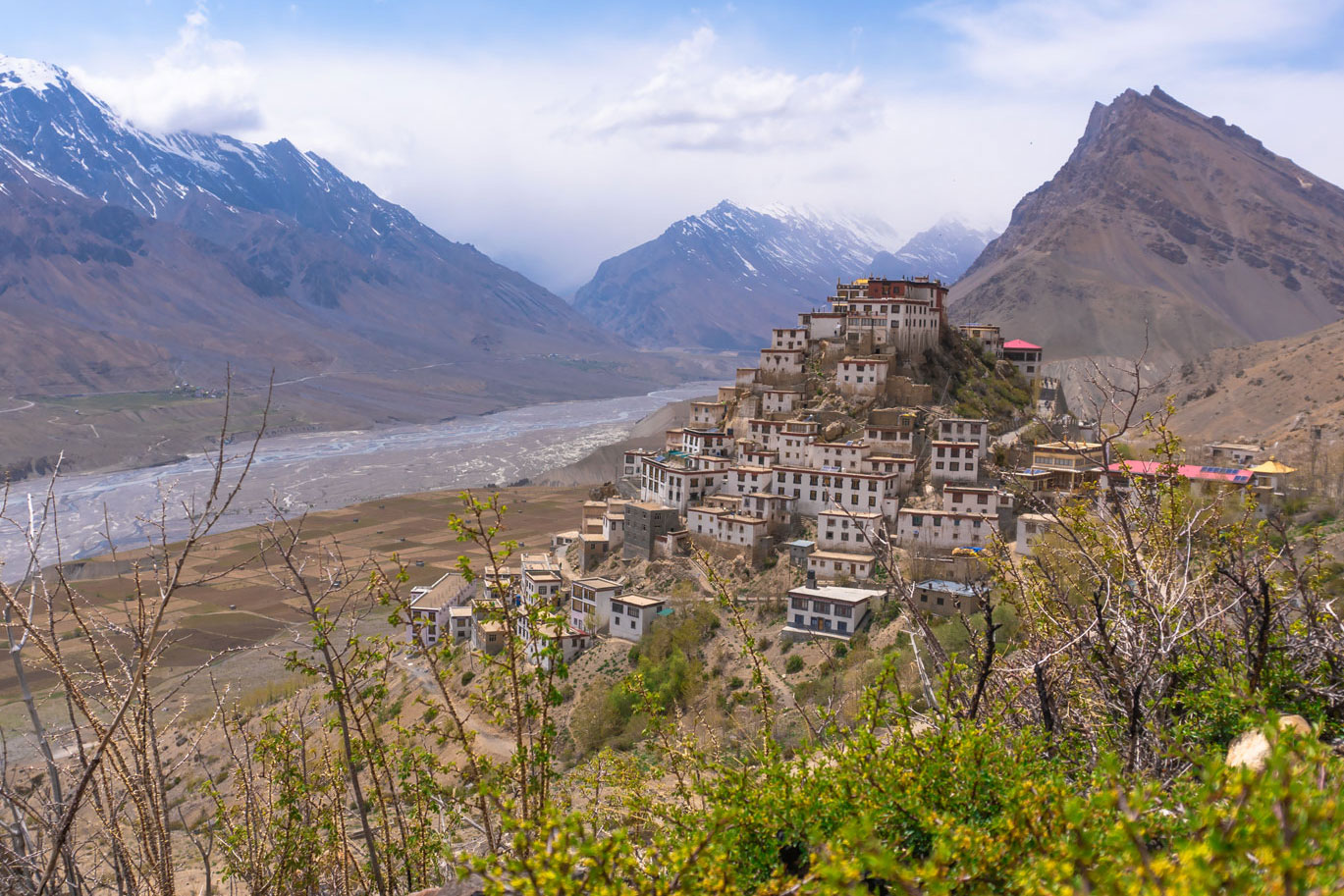
Dist: 190 km | Time: 7hr to 8hr | Altitude: 2050m to 3800m
Upon arriving in Manali in the morning, you will begin your drive towards Kaza, crossing the breathtaking Kunzum Pass and Asia’s highest suspension marvel, Chicham Bridge. Along the way, you'll visit the famous Key Monastery before checking in to your homestay or hotel in Kaza.
Meals: Dinner Night: Stay at Hotel/Homestay in Kaza
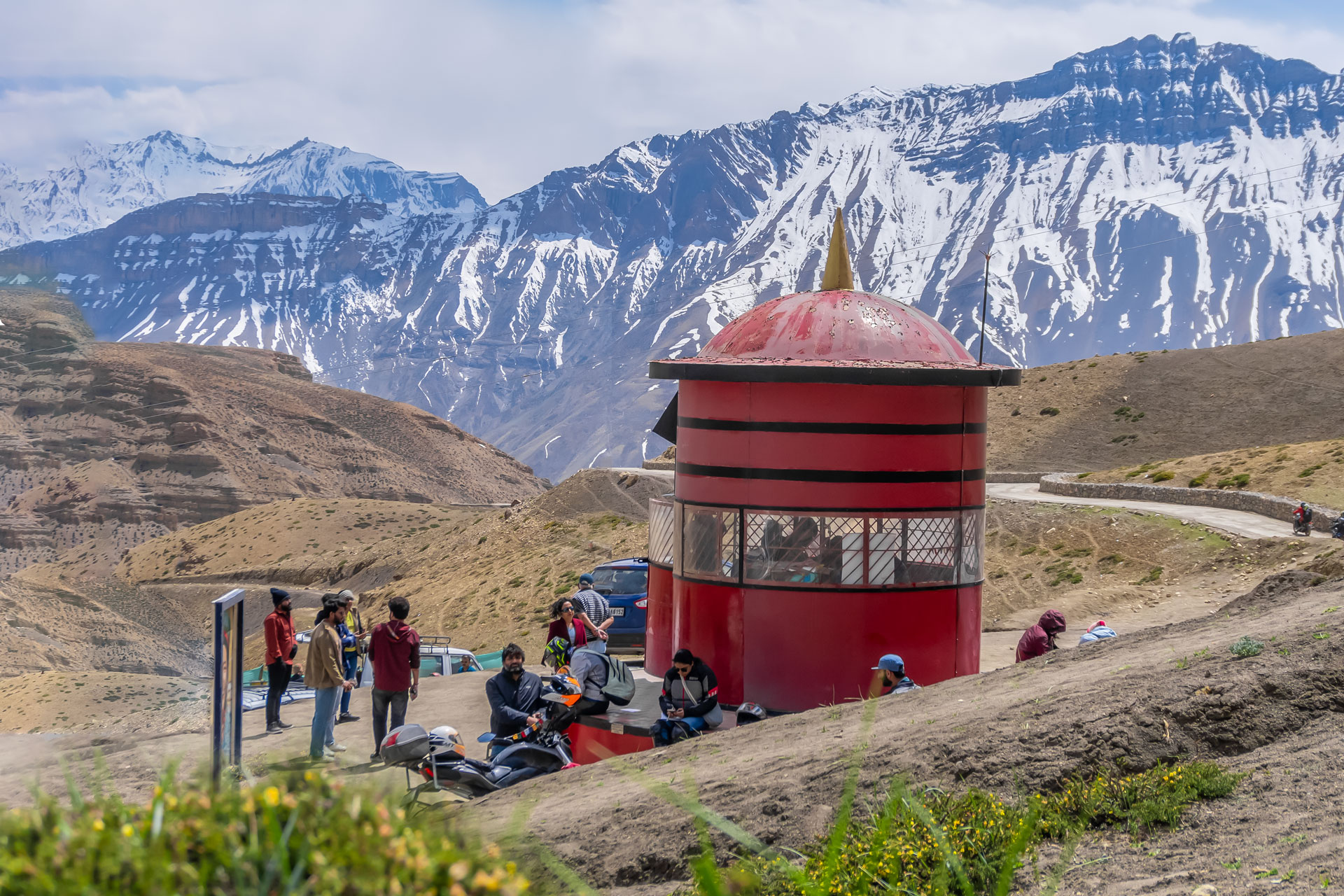
Dist: 50km | Time: 7 to 10 hr | Altitude: 3800m to 4590m
After a tasty breakfast, you will start your day by visiting Langza, where a Buddha statue sits overlooking the valley. You will also visit Hikkim, home to the world’s highest post office and Komic village, known for Snow leopard sightings.
Meals: Breakfast and Dinner Night: Stay at Hotel/Homestay in Kaza
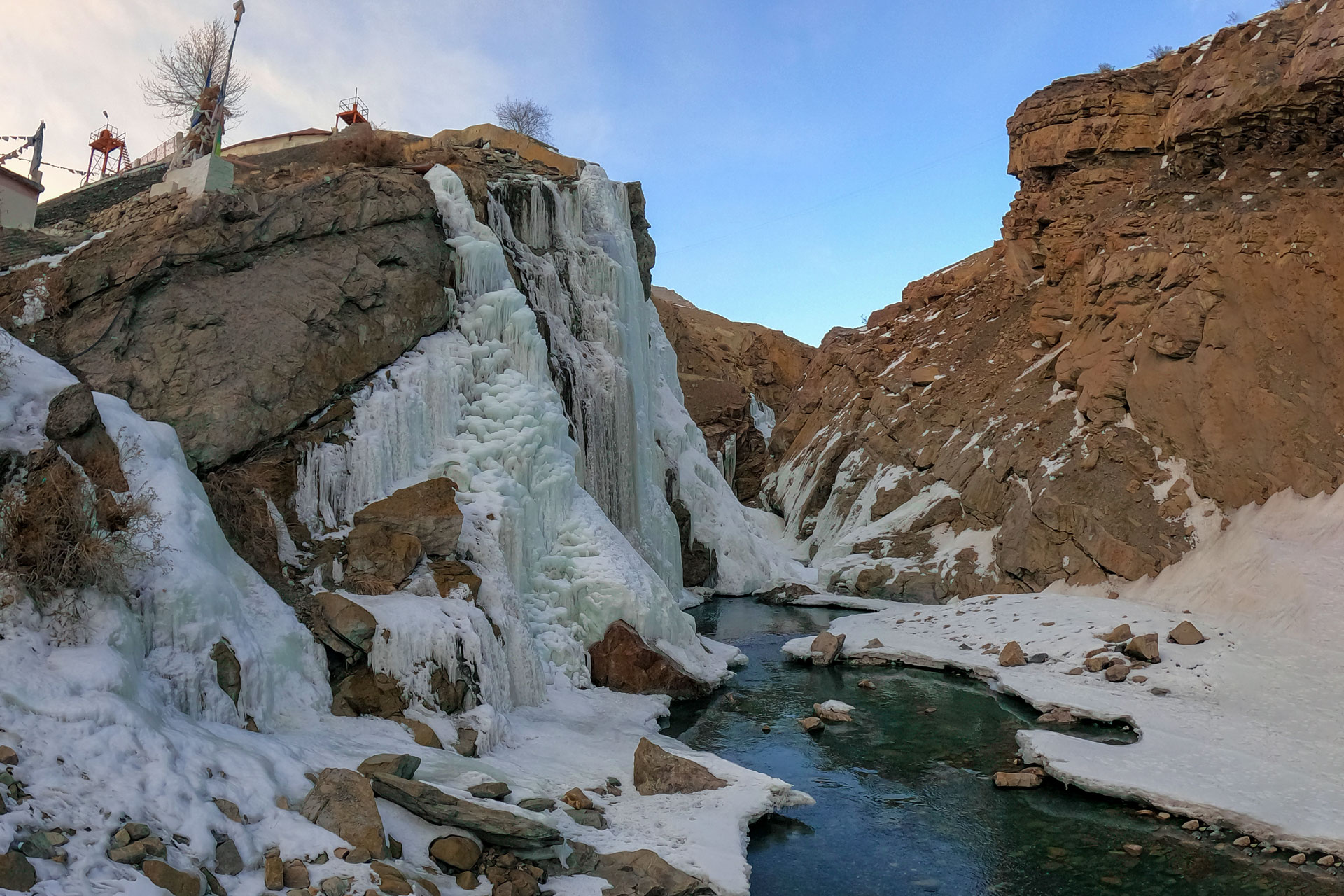
Dist: 50km | Time: 7 to 10 hr | Altitude: 3800m to 3280m
Today, you will start driving towards Kaza, 47 km away. On the way, you will take diversions and visit Pin Valley National Park and Dhankar Monastery. Later, you will admire the Lingti waterfall before continuing to Tabo, where you will check in for the night.
Meals: Breakfast and Dinner. Night: Stay at Hotel/Homestay in Tabo
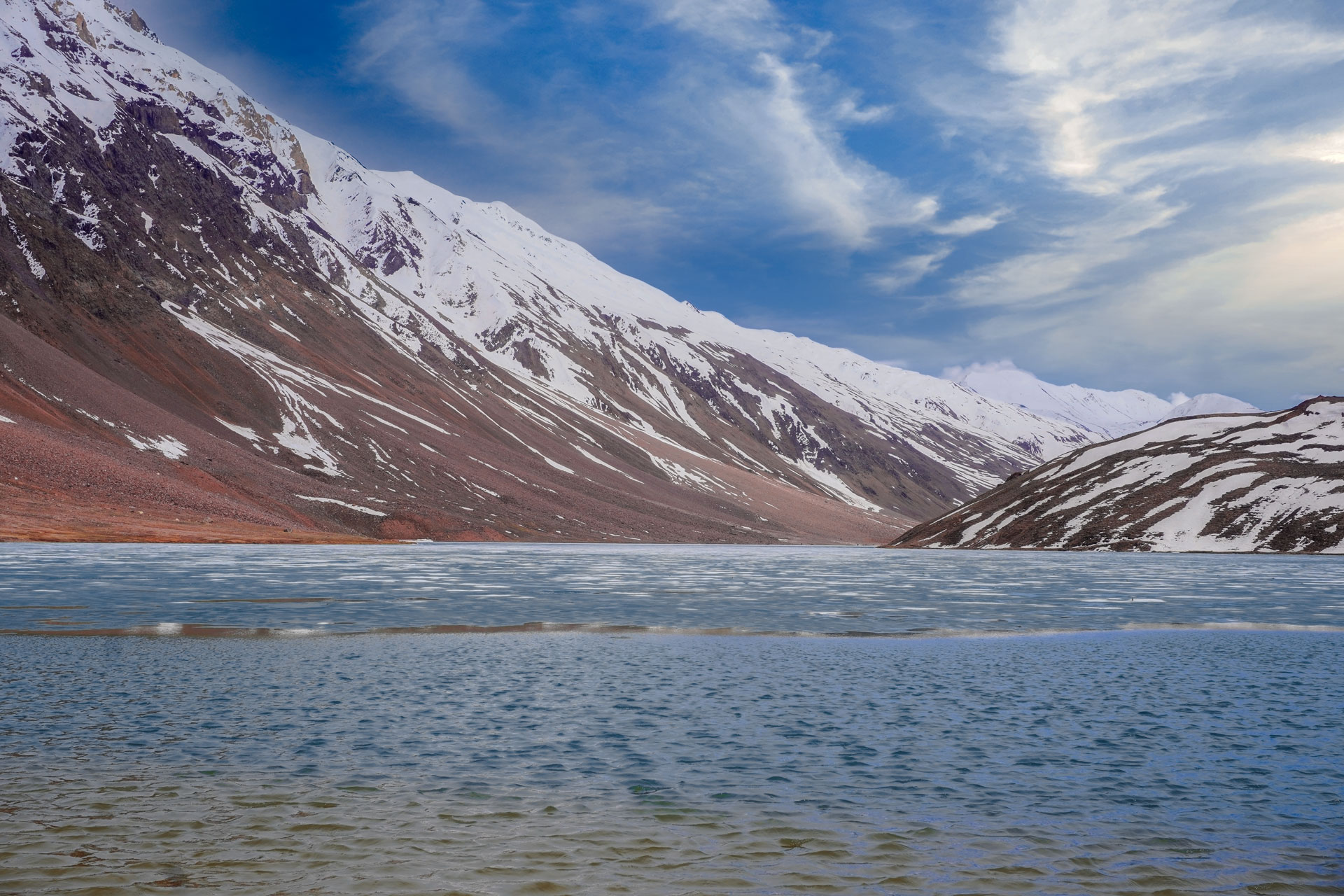
Dist: 144km | Time: 7 to 10 hr | Altitude: 3280m to 4250m
After Spending the night at Tabo, you will visit Tabo monastery in the morning and, later, start driving towards the moon lake, Chandrataal. After reaching Chandratal, you will settle in your camps, pitched some distance from the lake.
Meals: Breakfast and Dinner Night: Stay at the campsite in Chandratal

Dist: 111km | Time: 8 to 10 hr | Altitude: 4500m to 2050m
After spending the night at Chandratal and having breakfast, you will start descending towards Manali. After 8 to 10 hours, you will reach Manali in the evening, from where you can board your bus to Delhi or continue in the cab towards Delhi.
Meals: Breakfast Night: Overnight Journey by Volvo or cab
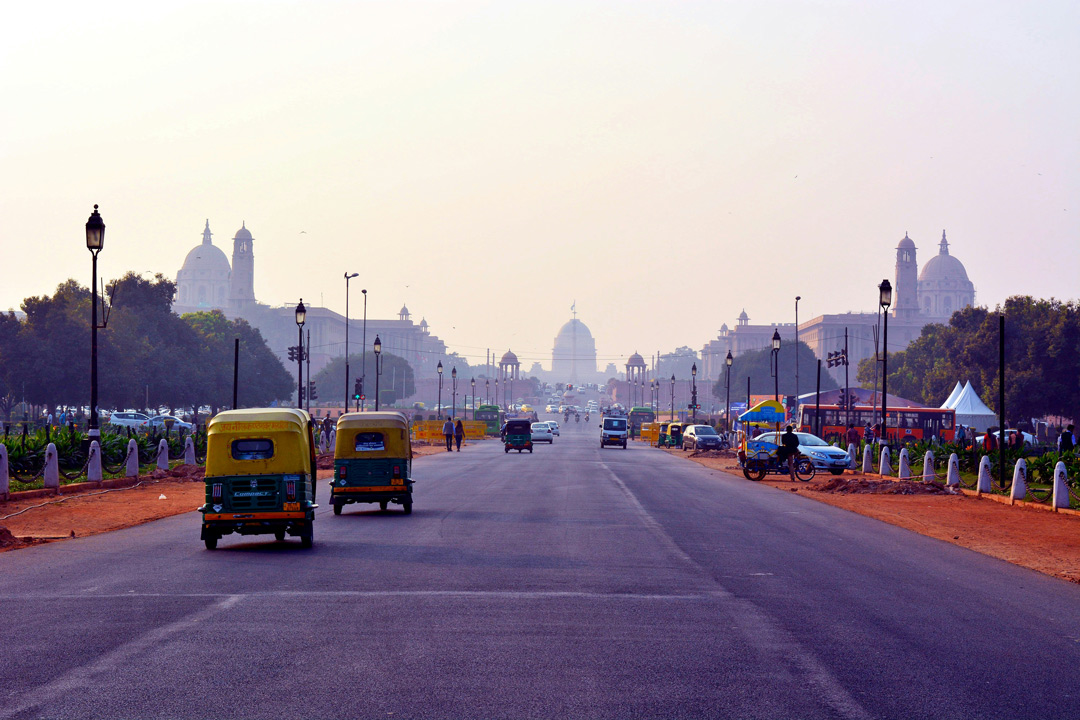
Dist: 509km | Time: 12 to 16 hr | Altitude: 2050m to 300m
After an overnight journey, you will arrive in Delhi in the morning, concluding your incredible trip. You'll disembark from the Volvo bus or cab, filled with lasting memories of your adventure in the Spiti Valley.
Meals: NA Night: NA
| Location | Places to visit |
| Kaza | Komic Monastery, Hikkim, Langza Village, Key Monastery, Chicham Bridge |
| Tabo | Nako Lake, Tabo Monastery |
| Pin Valley | Dhankar Monastery, Pin Valley |
| Chandratal | Kunzum Pass, Chandratal Lake |
| Manali | Atal Tunnel, Solang Valley (on the way) |
Note: When you book a package, it does not include any activities. But don't worry, you can still do fun things during your trip! These activities are not guaranteed in advance; you can check availability and book them immediately.
We understand that plans can change, but the booking amount is non-refundable due to the costs we incur in preparing for your tour or activity. If you wish to reschedule for a different date, we'll adjust it to the same package, providing you with the necessary flexibility. If you have paid the total amount but cancelled the package. You will be provided with a refund, as mentioned below:
Tours or activities might be cancelled due to unexpected circumstances, such as storms, heavy rainfall, sudden closures of specific areas, government restrictions or anything beyond our control. In such a scenario, we will provide an alternate tour or activity. However, no refunds will be provided.
Overview Of the Spiti Tour
The valleys of Lahaul Spiti and Kinnaur concentrate all the beauty of northern India in the eyes of many. The Spiti Valley, with its mountainous desert landscapes and Buddhist inhabitants, is reminiscent of Northern Ladakh. The densely green Kinnaur Valley, dense with trees and rich in rivers, is reminiscent of the Kullu and Parvati valleys in a quiet and much less touristic version. The pace here is slower, life is more straightforward, and the locals are more peaceful and smiling. The Spiti Tour is the perfect destination in North India for those who like to travel, experience cultures and scenery, and don’t want to indulge too much. The Spiti Tour route is between the villages scattered in the valleys, which can be reached by organized jeep or local buses. Manali is the ideal place to go to the valleys, where leaving your unnecessary belongings is also advisable. The route length is flexible, depending on the number of villages you want to pass through. It starts from a few days for those with limited time, up to a month even for those who want to stay in each village for more than a night or two. This Spiti Tour lasts about 7 to 10 days for the average traveller.
Sarahan: The pastoral village of Sarahan (altitude—2,313 m) lies west of Kinnaur on a verdant ridge overlooking the Sutlej River and a road. It is famous for the impressive Bhimakali temple dedicated to the goddess Kali—the goddess of time, change, and destruction. The village was also the refuge of the last queen of the Bushahr kingdom, which ruled the area until the beginning of the 19th century.
Bhimkali Temple: The eight-hundred-year-old Bhimakali temple, dedicated to the fearsome goddess Kali, is the prominent and central building in the village. The temple is spacious and impressive, and even though it is Hindu, the Buddhist influence is evident in its architecture, which is typical of the border area with Tibet. The temple is made of wood and has a pointed roof. It is a remnant of the time of the Boshar Empire, which weakened the region. Entrance to the temple is free, but shoes must be removed, and personal belongings must be left behind when entering the temple. The men must wear a headdress that is distributed on the spot. Near the temple is a breeding centre for birds such as pheasants and the Monal – the official bird of Himachal Pradesh (which looks like a cross between a peacock and a partridge). Check with your guesthouse about opening times. You must add this place to the spiti tour if you have enough time.
Kalpa: The ancient village, which is approximately 500 years old, is one of the central ones in the Kinnaur Valley and is located on the top of the ridge above the town of Reckong Peo, at an altitude of 2,800 m above sea level. According to Hindu belief, this is the winter abode of Shiva – the lord of change and destruction. The picturesque alleys passing between the wooden houses in the village, the sprawling apple orchards, and, of course, the breathtaking view of the Kinnaur Kailash range (Kinnaur Kailash – 6,500 m) transform the town. Among the alleys are wooden temples in the Indo-Tibetan style, typical of the area.
Narayan Nagini Temple: The Narayan Nagini Temple Complex is an excellent example of the construction skills of Kinnaurian wood artisans. It displays impressive sculptures and ornate buildings. Entry is free, although the religious nature of the place must be respected (long pants and shoulder coverings). The temple is also a testimony to its unique beliefs, which combine Buddhist, Hindu, and shamanic motifs.
Hu-Bu-Lan-Kar Gompa: A small Tibetan Buddhist temple at the end of the village’s main street, from where you can overlook the peaks of the Kinner-Kailash.
Sangla: The small village, at an altitude of approximately 2,650 m, in the heart of the valley that bears its name, is a stronghold of the Indo-Tibetan Kinnauri people about 50 km from Kalpa. Along the village and the Sangla valley flows the Baspa River into the Sutlej. This river flows along the length of the Kinnaur valley. The hydroelectric dam built on the river threatens to destroy and change the valley beyond recognition. Still, in the meantime, and even though the Sangla Valley is not part of the “necessary” route in Kinnaur, those who decide to head up the Baspa River will discover a real gem of intoxicating nature and fascinating culture. In the village, there is also the Kamru fortress, from where the rajas of the Bushahr kingdom ruled, which has disappeared.
Chitkul: More popular with travellers than Sangla and less affected by the ugly Chitkul hydroelectric dam project, about a 5-hour drive from Sarahan and an hour west of Sangla. The small village (about 200 m from end to end), at an altitude of 3,400 m, is at the western end of the road that runs along the valley and is the last settlement before the border with Tibet. The picturesque views from the village of the surrounding mountains and the Baspa River give the traveller an understanding of why the Sangla Valley has often been called “the most beautiful valley in the Himalayas.”
Rakcham: Another small village in the Sangla Valley, about 2,900 m above sea level, is located between Chitkul and Sangla. Rakcham does not have the romantic and adventurous aroma of Chitkul’s “roadside” atmosphere and does not offer the relative comfort of Sangla, so most travellers pass it by. Perhaps this is its main strength—if you want to escape from most tourists and enjoy a relaxing walk along the Baspa or among the charming terraces, try Rakcham.
Nako: Nako is a small and beautiful village located at the eastern end of Kinnaur, at an impressive height of 3,600 meters – about 120 km from Reckong Peo. During your Spiti Tour, you will come across Nako. Due to the proximity to the Indo-Tibetan border, starting from this village, if you are from somewhere other than India, a valid Inner Line Permit is required, which could be obtained in Reckong Peo or Kalpa. The landscape here is changing, foreshadowing the prospect for visitors who will continue deeper into the mountainous desert of the Spiti Valley—the verdant green is slowly replaced by sparser vegetation and a drier climate. The village is a centre of attraction, among other things, thanks to the adjacent pastoral lake.
Nako Lake: Nako Lake is adjacent to the village and is a beautiful place to take a leisurely walk or sit down for a picnic in front of the spectacular view of the snow-capped peaks and the Trans-Himalayan desert. The lake’s shores have a boat rental service.
Tabo: At an altitude of 3,300 meters, among the spectacular mountains of the Spiti desert, lies the village of Tabo, which has become quite famous and touristic in recent years. The village’s pride is the monastery located there, which bears the title of the oldest active monastery in India. It is also one of the favourites of the Dalai Lama, who expressed his desire to retire there.
Ki / Kye / Key Monastery: The dominant Ki Gompa adjacent to Kibber is perhaps Spiti’s most impressive monastery. It dominates the desert landscape of the valley in its remarkable location on top of a cliff at a height of 4,116 m. Besides the unforgettable view and exceptional appearance, the Gompa, founded 1,000 years ago, has an extensive collection of ancient scrolls and wall paintings that decorate its interior spaces. For your attention – in the place it is forbidden to take pictures! Remember that this is a religious complex when you walk around the Gompa. Maintain respect for the place (shoulder covers and long pants), and the monks will treat you kindly. They may even offer you butter tea (shocking, like everywhere). Keep a calm face and say thank you. Keep smiling even after you drink it. Entrance to the Gompa is free; Donations are welcome.
Tabo Monastery: Founded over 1,000 years ago and still active, the monastery in Tabo (declared by UNESCO as a World Heritage Site) is mainly characterized by modesty in everything related to its external appearance. Those of you expecting an architectural wonder are in for a real disappointment. The mud structures that make it up are elegant but relatively simple. At the same time, the place has a unique charm, and there is also an excellent library (free) and a small museum (for a fee). Those who rise can participate in the prayer at 6:00 in the morning and be treated to chai.
Dhankar: Dhankar is another ancient gompa in a spectacular location on top of a cliff at an altitude of almost 3,900 m above sea level. The main reasons to visit the place are the moon-like landscapes of the mountainous desert of Spiti Valley and a beautiful lake hidden among the mountains. Dhankar is above the village of Shichling, where you can find hospitality. Take advantage of the view from the cliff on which the monastery is located, between heaven and earth. At the same time, remember that the monastery at Dhankar could be more impressive inside. However, it has several ancient wall paintings.
Lake Dhankar (Dhankar Tso): If you have already hiked to Dhankar and you still have a little energy available, it is highly recommended that you take a trip to the beautiful lake, hidden in an excellent and unique location about a kilometre up the ridge. The views of the mountains are worth climbing, although the altitude may make it strenuous.
Mud and Pin Valley: The small village of Mud (altitude – 3,800 m) is hidden in the Pin Valley, which drains into Spiti and is designated a national park. The valley is relatively remote, and it is a turn to the side from Spiti’s “normal” route. Still, those of you who have a little free time and choose to continue westward up the Pin River, up to Mud, will be rewarded with beautiful and unique views on the route. The Pin Valley is greener than Spiti and blends the mountainous desert with verdant pastures and the snowy peaks of the Himalayas. It is an excellent trek starting point between Spiti, Kinnaur, and the Parvati Valley.
Kungri Gompa: The Kungri Gompa, near the village of Gulling, is about an hour’s drive north of Mud.
Weather in Spiti Valley
Spiti and Kinnaur are accessible to travellers from May to June to October. The valleys are blocked in the winter due to snow accumulation in the high mountain passes. It is essential to have warm clothes, even during the summer, as the temperature can sometimes drop below zero. In addition, especially in Spiti, you should be equipped with sunscreen due to the high altitude and the bright weather. In general, weather is an important issue, and even during the tourist season, it is essential to be updated on the condition of the roads before leaving, as floods and mudslides may be pretty standard.
Safety and Warnings During The Spiti Tour
Altitude sickness is prevalent among travellers in Spiti-Kinur. The high altitude and the oxygen-poor air may also give their signals in the body of a healthy person. Be sure to acclimatise well before you set out to conquer the mountain passes of Spiti. In addition, try to plan the trip so that you spend the first nights in relatively low places (for example – start in Kinor and continue to Spiti).
Roadblocks due to landslides and floods are commonplace. It is essential to be informed about the weather before you go to the valleys to avoid discomfort and even a real danger to your safety during the trip. Unfortunately, there have already been many cases of travellers getting stuck in floods, such as this case.
Book This Amazing Spiti Tour With Uncia Trails!
Yes, oxygen levels drop in Spiti Valley due to its high altitude and sparse vegetation. This drop is more pronounced during winter, when temperatures can plunge significantly and heavy snowfall occurs. Although oxygen deficiency can cause breathing issues, it is generally less severe than in Ladakh. Travellers typically don't need prior acclimatisation, but avoiding proceeding only proceeds is advisable if you experience breathing difficulties.
The optimal time to visit Spiti Valley is between June and September. During these months, you'll enjoy pleasant weather, clear skies, and open roads, making it ideal for sightseeing and outdoor activities. This period is also great for experiencing cultural festivals like Losar.
Spiti Valley is unique for its cold desert climate, high altitude, and rugged landscapes, resembling Tibet's terrain. It features dramatic snow-capped mountains, deep valleys, and some of the world's highest-inhabited villages. The local Tibetan culture's blend of Hindu and Buddhist influences adds to its distinctiveness. Spiti is also known for its adventure tourism and ancient monasteries like Dhankar, Key, Tabo, and Lhalung.
Asthma patients should be cautious when visiting Spiti Valley due to its high altitude, which can reduce oxygen levels and potentially worsen breathing difficulties. The nearest medical centre is Reckong Peo, an 8–12 hour drive away. It's advisable to avoid travelling beyond Manali, where the air pressure is lower. If you visit, bring an inhaler, test new equipment before your trip, monitor your health, and avoid overexertion.
Yes, you can see snow in Spiti Valley from October to February. During these months, the region experiences heavy snowfall, transforming into a winter wonderland with snow-covered peaks, frozen lakes, and frozen waterfalls. Winter in Spiti offers unique experiences like skiing, snowboarding, and snow trekking, as well as the chance to spot snow leopards. If visiting in winter, prepare for the harsh climate with warm clothing and consider renting a taxi.
Travelling to Spiti Valley can be safe with proper preparation. Due to its high altitude, altitude sickness can occur, causing symptoms like nausea and dizziness. To minimise risks, spend a day in a lower altitude area like Shimla or Manali before heading to Spiti. Stay hydrated, avoid alcohol and smoking, take altitude sickness medications, and consult a doctor before your trip.
Spiti is called the "Middle Land" because it is between India and Tibet. The name "Spiti" comes from "Piti," meaning "the middle land," as the valley is surrounded by mountain ranges separating it from Ladakh, Tibet, Bushahr, and Kullu.
Spiti Valley in Himachal Pradesh, India, is a cold desert characterised by its arid conditions due to its location in the rain shadow of the Himalayas, resulting in minimal rainfall. It receives an average of around 50 millimetres (2 inches) of rain annually and experiences snowfall of fewer than 200 centimetres (6.6 feet). The valley endures extreme temperatures, with winter lows dropping to −25°C (−13°F) and summer highs reaching 15°C (59°F).
Spiti Valley can be visited during the monsoon season (July–September), but it's not ideal due to risks like landslides, road closures, and slippery conditions. To ensure a safe trip, be prepared for landslides, bring rain gear, watch for shooting stones, protect your electronics and clothes, and carry spare vehicle parts.
People visit Spiti Valley for its stunning scenery, rich Buddhist culture, diverse wildlife, and unique attractions. The valley offers spectacular landscapes with rugged mountains, snow-capped peaks, ancient monasteries, and wildlife like Himalayan blue sheep and snow leopards. Notable sites include Chandratal Lake, Suraj Tal, and the Chicham Bridge. The challenging journey adds to the allure for many travellers.
Spiti Valley is approximately 150 km long and covers an area of 7,828.9 km². It is primarily part of the Lahaul and Spiti districts, with a small portion in the Kinnaur district.
Kaza, the Spiti Valley's main town and administrative hub, is located on the Spiti within the remote Lahaul and Spiti district of Himachal Pradesh, India. It sits at an altitude of 11,980 feet above sea level.
You can drive to Spiti Valley, which offers a unique experience of traversing high-altitude roads and Himalayan landscapes. However, it can be challenging due to the cold weather, rugged terrain, and high altitude of around 4,000 meters. Acclimatising in Shimla or Manali is recommended before heading to Spiti, and a 4x4 SUV with snow chains should be considered if travelling in winter. Be prepared for challenging road conditions and potential congestion.
Spiti Valley includes a range of attractions: Monasteries: Key Monastery, Dhankar Monastery, and Tabo Monastery offer historical and cultural insights. Villages: Kibber, the world's highest motorable village, and Hikkim, home to the highest post office, are notable for their unique settings. Lakes: Chandratal, Nako Lake, Suraj Tal, and other lakes enhance the valley's natural beauty.
The Toyota Innova is a good choice for travelling to Spiti Valley. Its robust build and high ground clearance make it suitable for handling rugged terrain and challenging road conditions. The Innova offers ample space and comfort, which is beneficial for long journeys and high-altitude travel. However, for winter visits, consider equipping it with snow chains. Ensure regular maintenance and check the vehicle’s condition before embarking on the trip.
Yes, you can visit Spiti Valley in February. This month offers a unique winter experience with snow-covered landscapes and frozen lakes. However, be prepared for extreme cold temperatures, heavy snowfall, and challenging road conditions. A 4x4 vehicle with high ground clearance and snow chains is recommended. Ensure you are well-prepared for the harsh weather and check road conditions before travelling.
Yes, Spiti Valley is generally considered safe for female travellers. The region is known for its hospitality and respect towards visitors. By following safety tips and including top destinations in your itinerary, solo female travellers can have a memorable and secure experience.
Yes, landslides can occur in Spiti Valley, especially during the monsoon season. It's essential to stay informed about road conditions and travel cautiously, as landslides can impact accessibility and safety.\\\\\\\\\\\
Leave a review